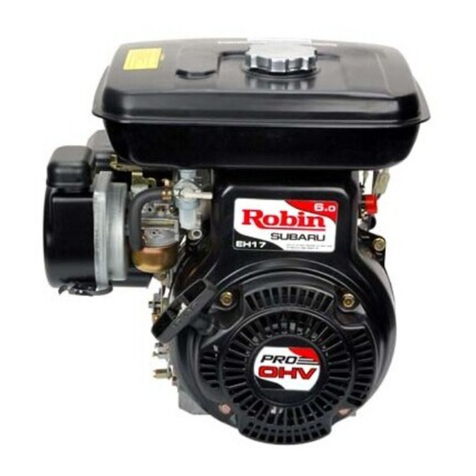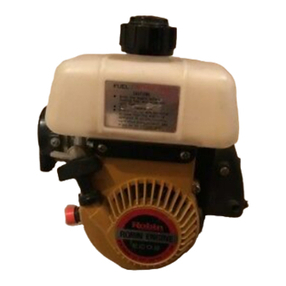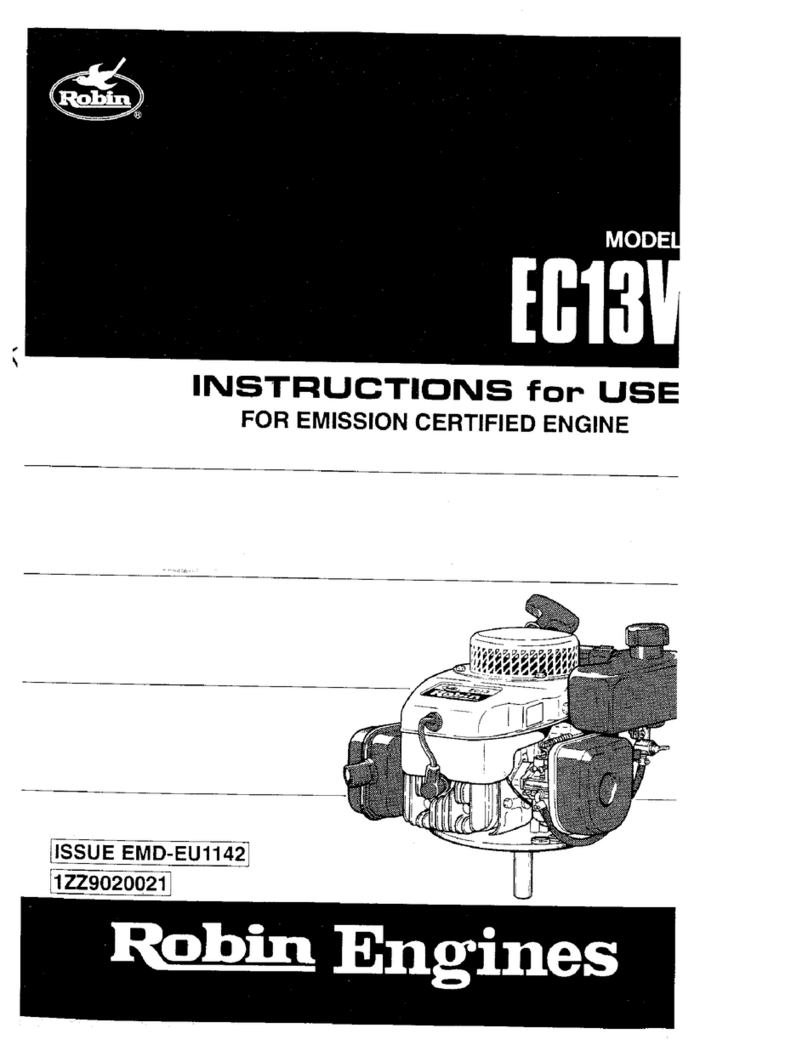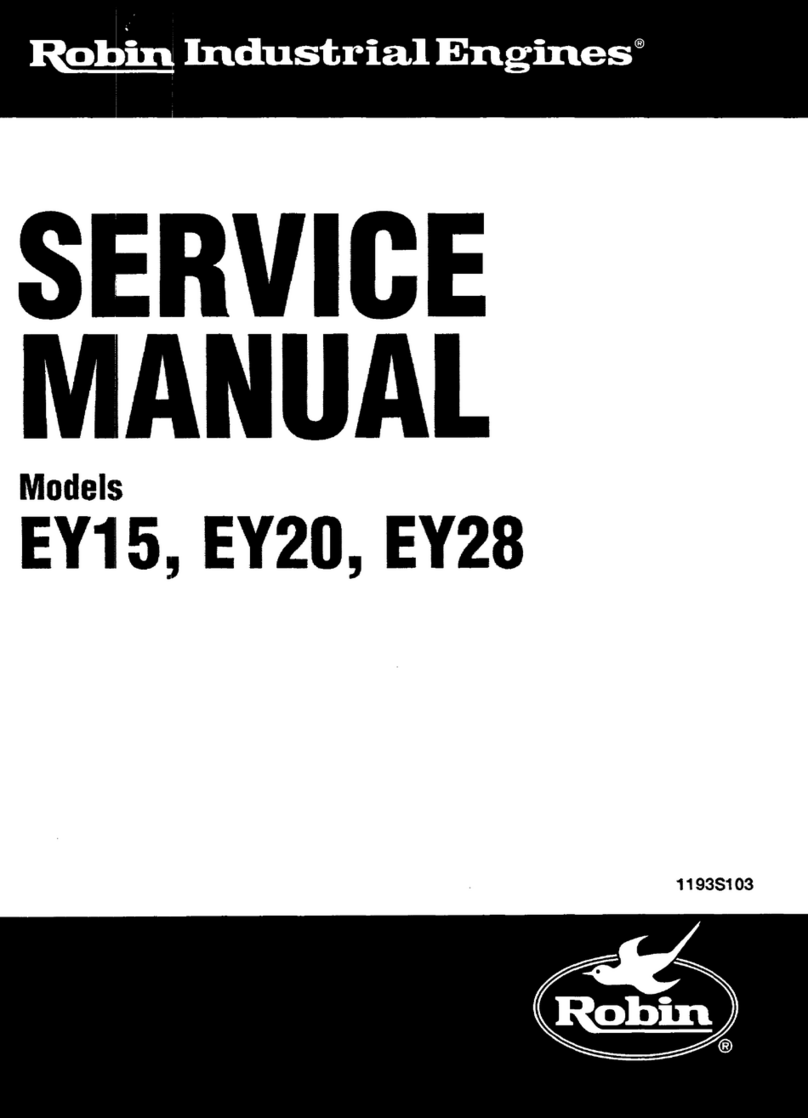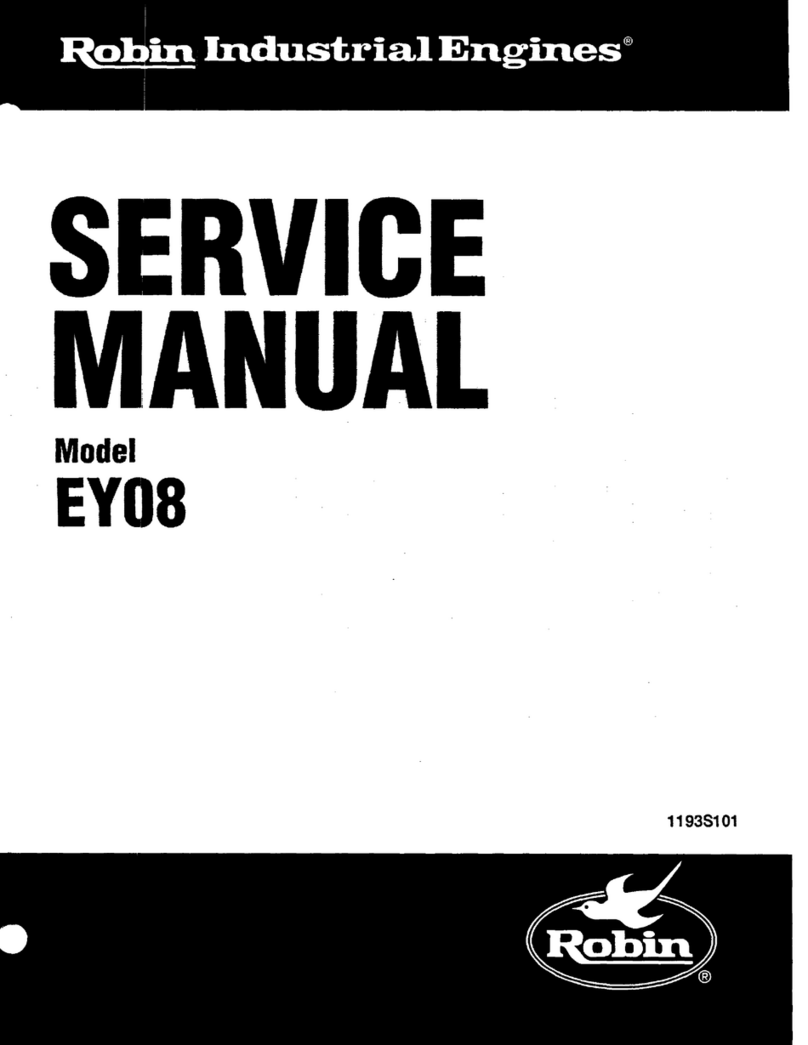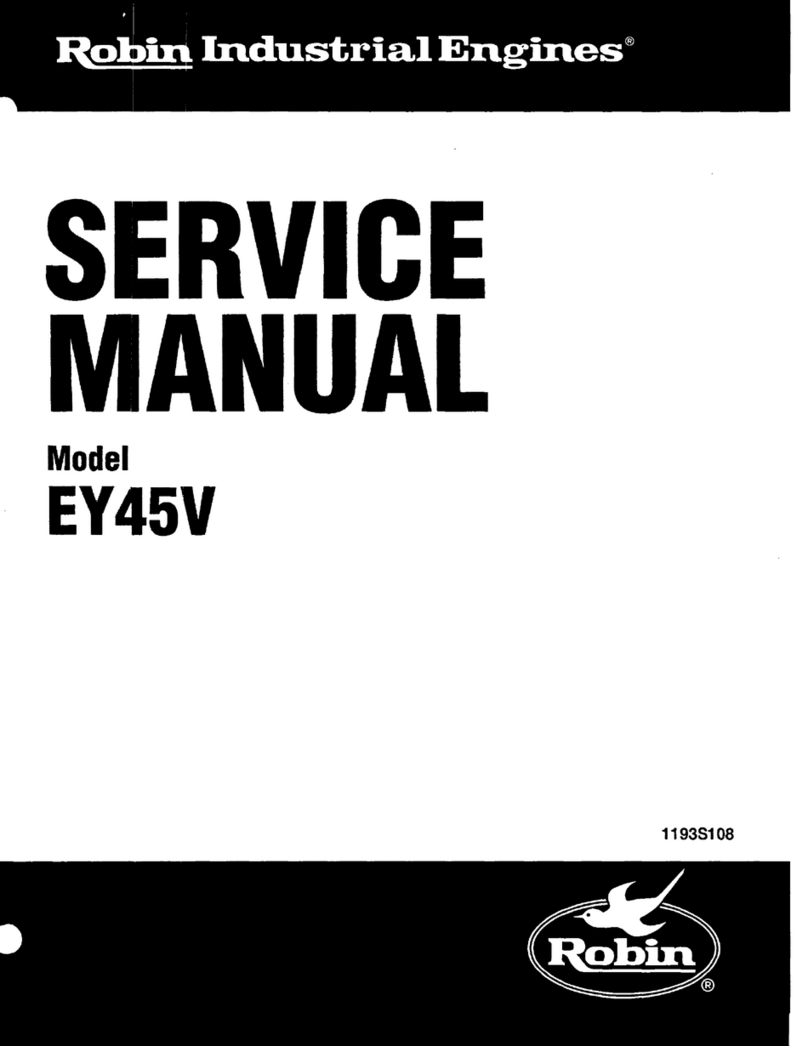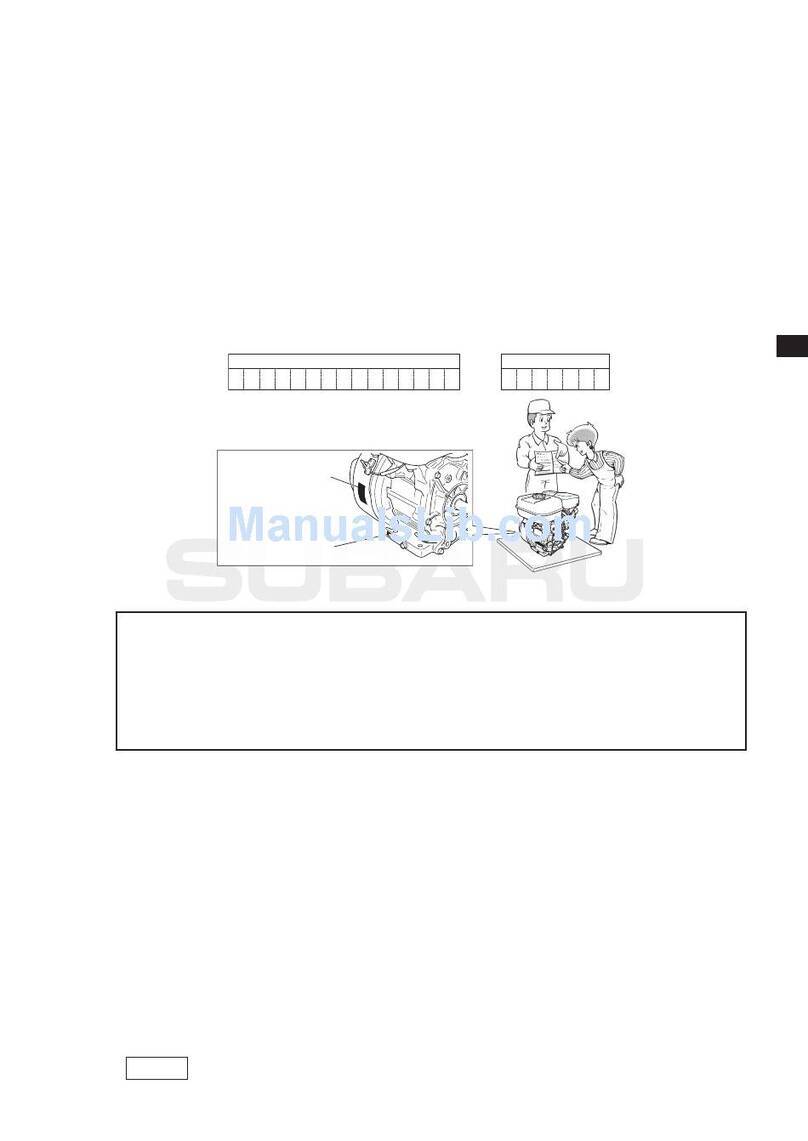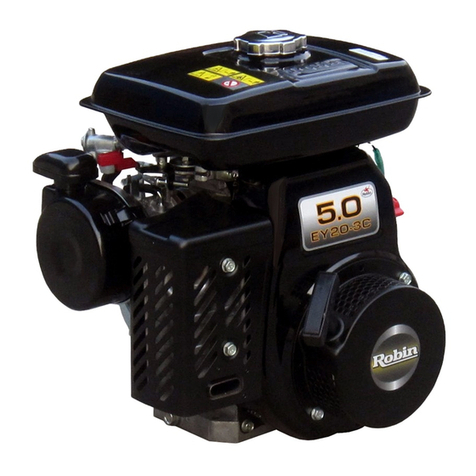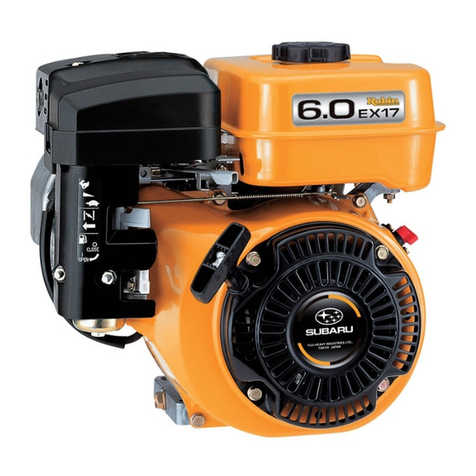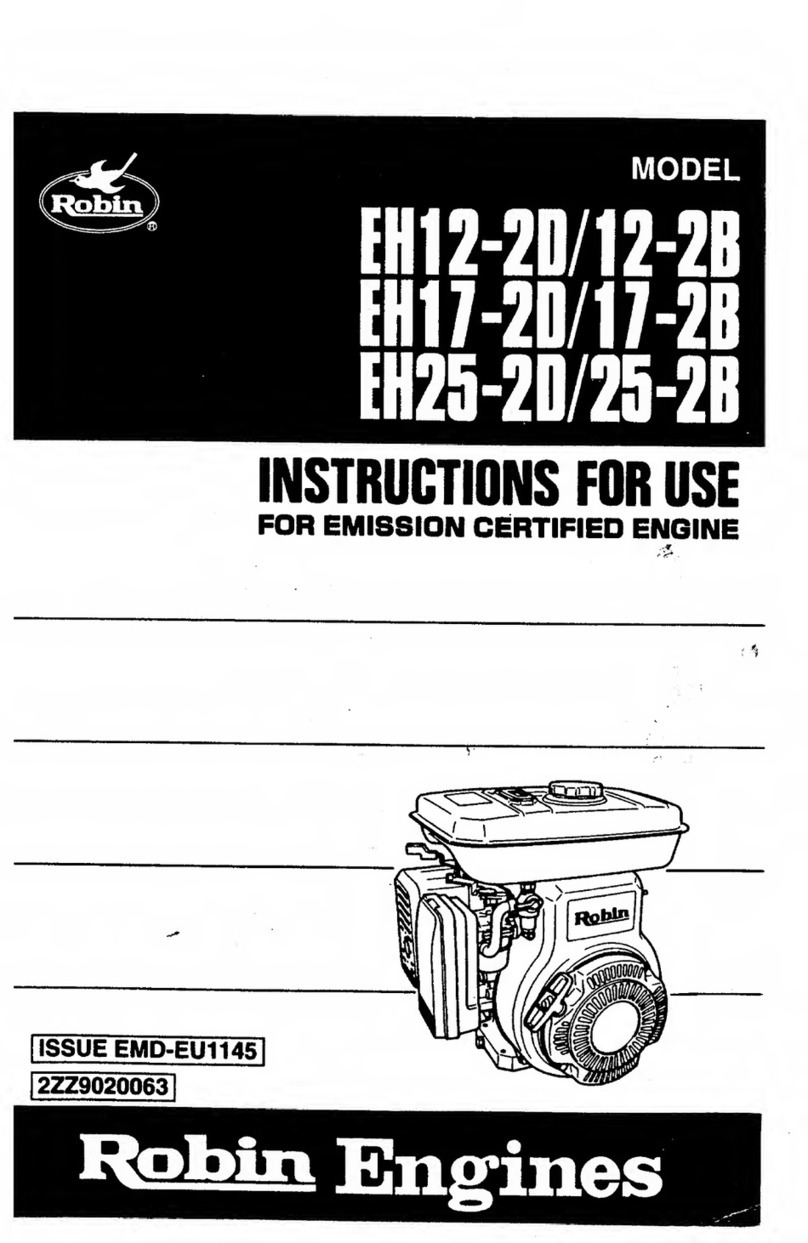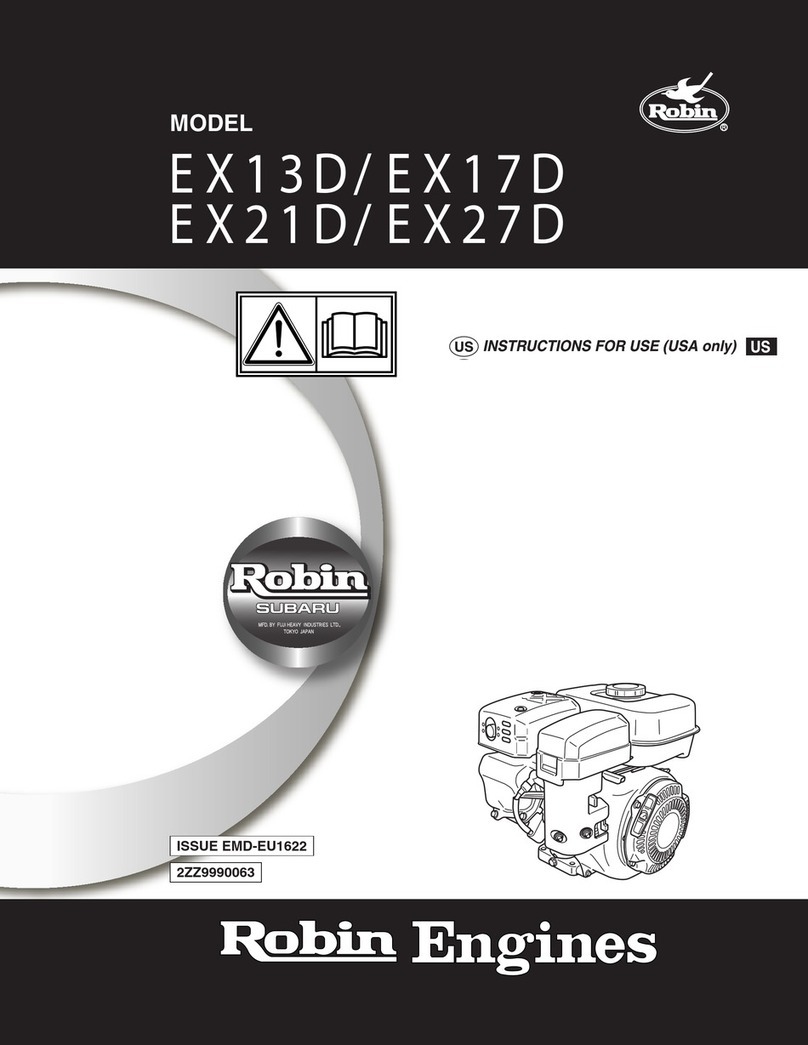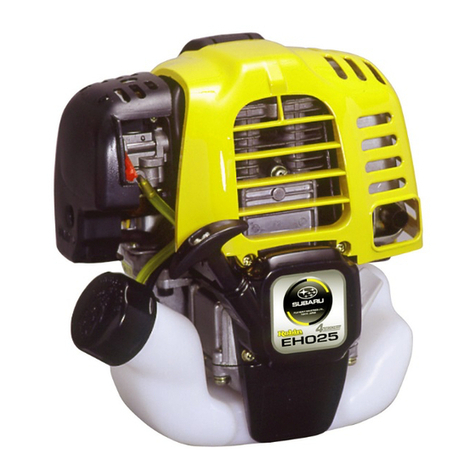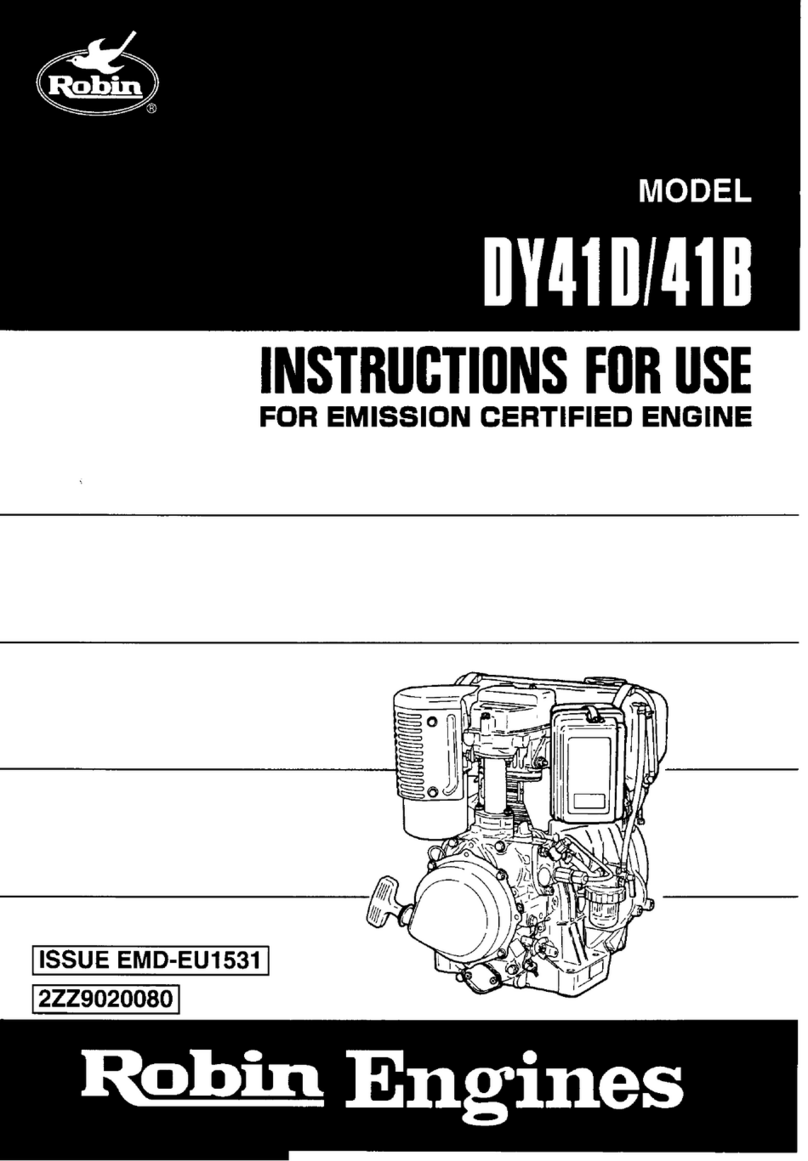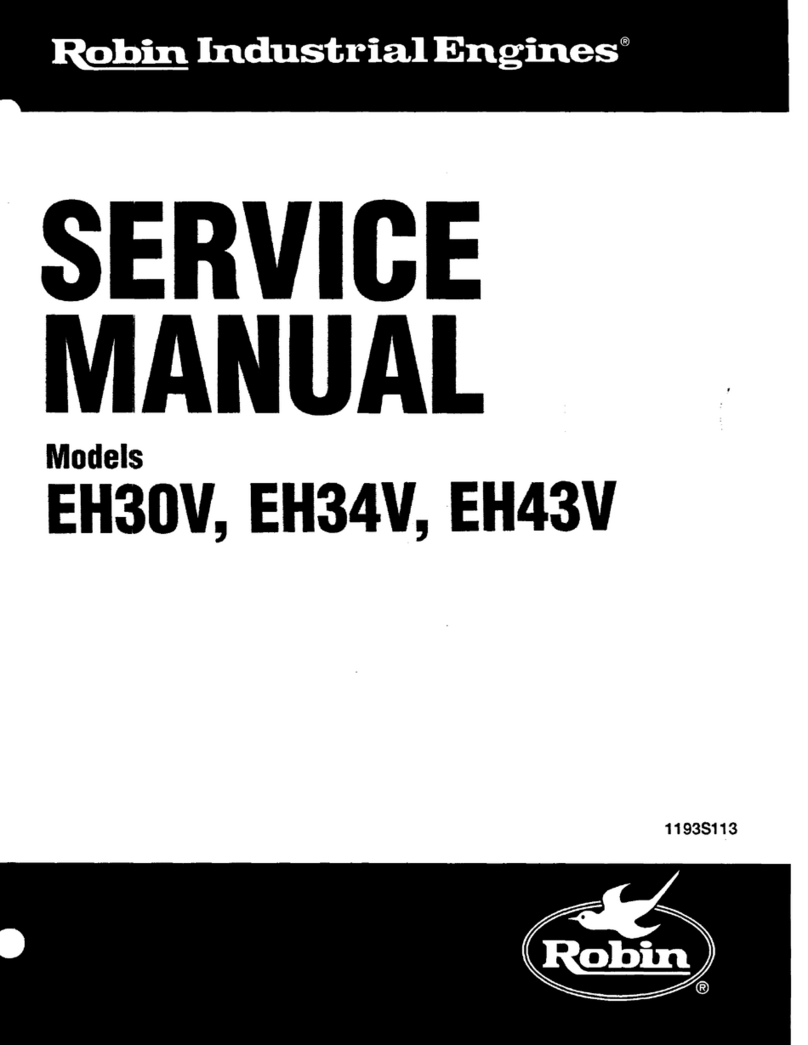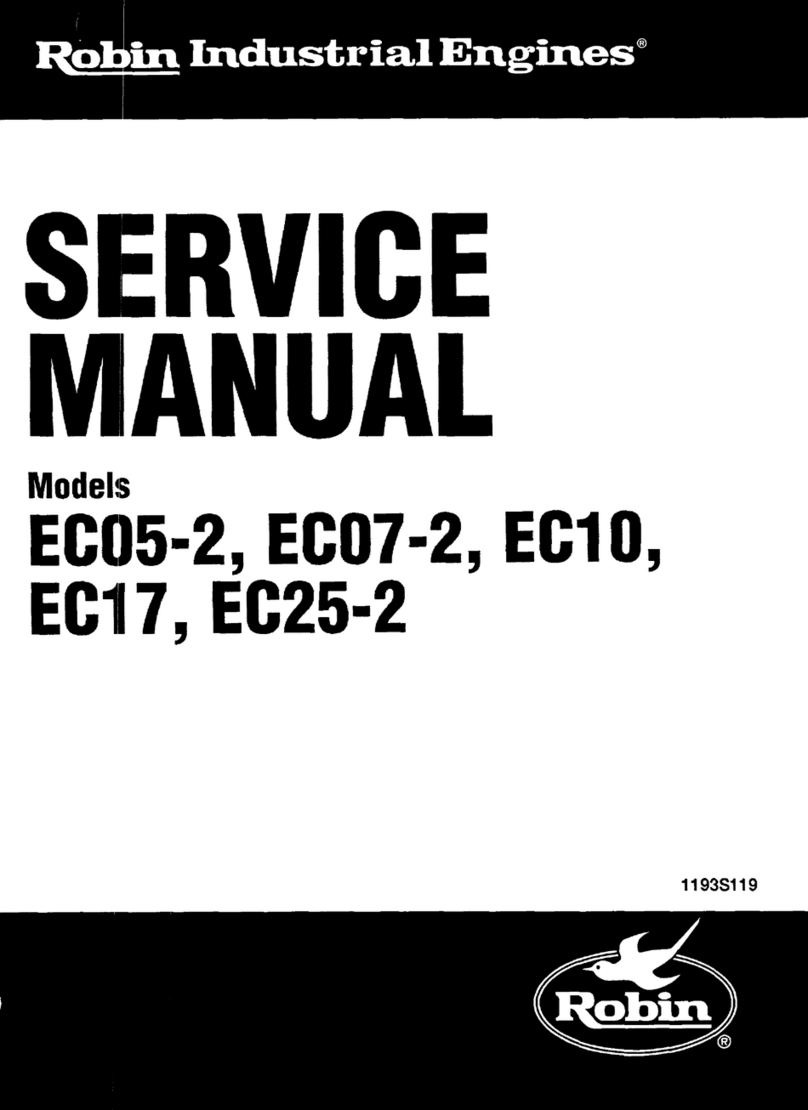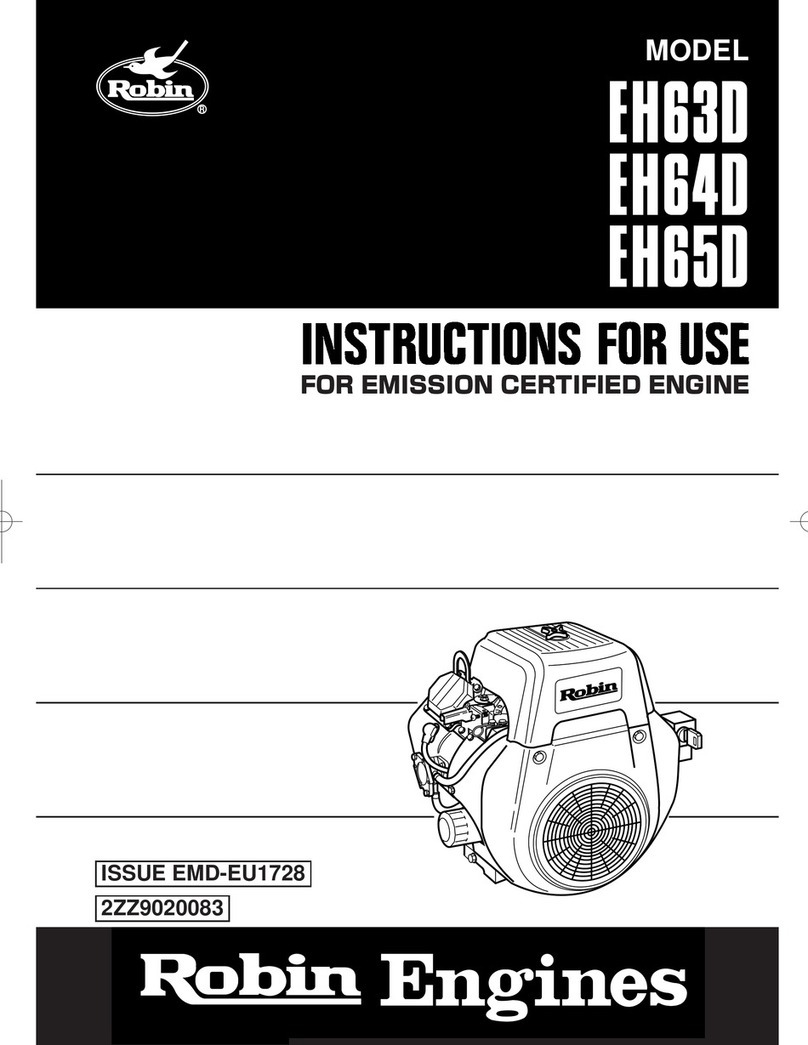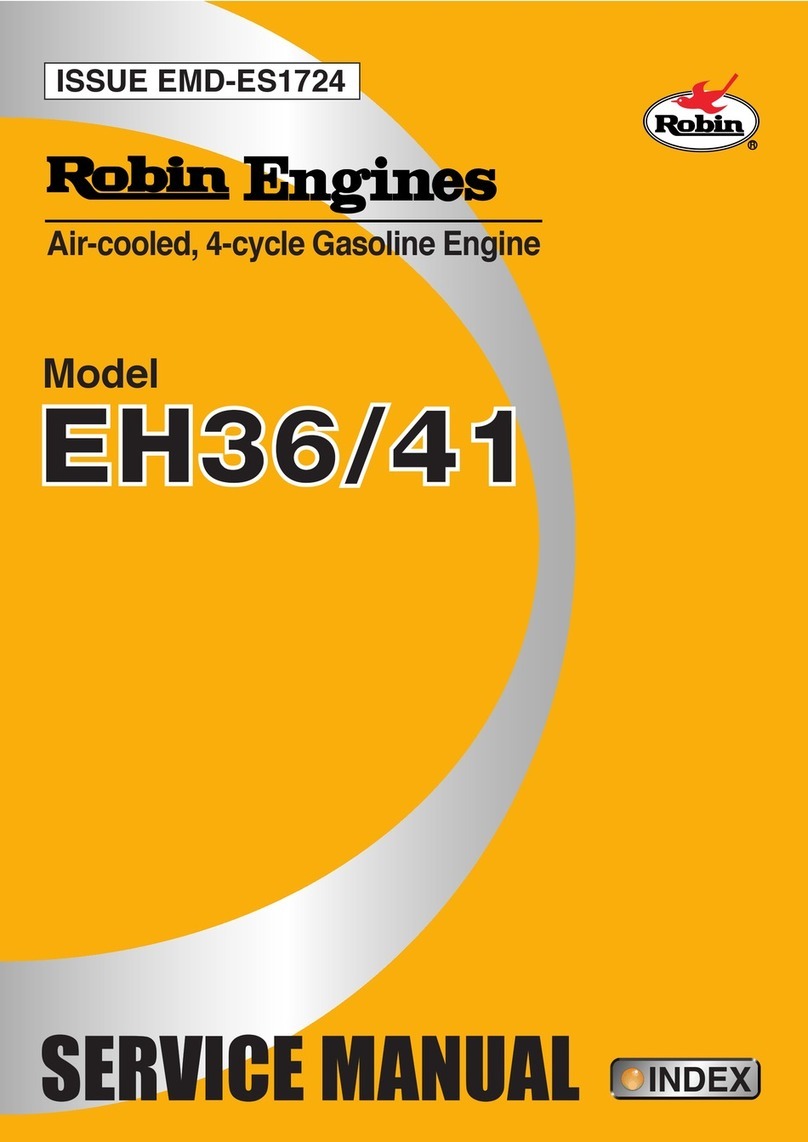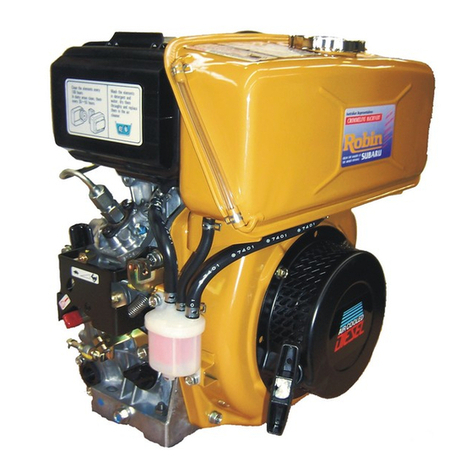CONTENTS
Section
Title
Page
1
.
SPECIFICATIONS
.......................................................................................................
1
2
.
PERFORMANCE
........................................................................................................
3
2-1MAXIMUMOUTPUT
........................................................................................................
3
2-2
CONTINUOUS RATED OUTPUT
....................................................................................
3
2-3 MAXIMUMTORQUE
.......................................................................................................
3
2-4 PERFORMANCECURVES
.............................................................................................
4
3
.
FEATURES
..................................................................................................................
6
4
.
GENERAL DESCRIPTION OF ENGINE COMPONENTS
..........................................
7
4-1 CYLINDER AND CRANKCASE
.......................................................................................
7
4-2 MAIN BEARING COVER
.................................................................................................
7
4-3 CRANKSHAFT
..................................................................................................................
7
4-4 CONNECTING ROD AND PISTON
.................................................................................
8
4-5PISTON
RINGS
...............................................................................................................
8
4-6CAMSHAFT
.....................................................................................................................
8
4-7 VALVE ARRANGEMENT
.................................................................................................
9
4-8 CYLINDER HEAD
............................................................................................................
9
4-9GOVERNORSYSTEM
....................................................................................................
9
4-10 COOLING SYSTEM
.....................................................................................................
10
4-11LUBRICATIONSYSTEM
..............................................................................................
10
4-12IGNITIONSYSTEM
.....................................................................................................
10
4-13 CARBURETOR
.............................................................................................................
11
4-14 AIR CLEANER
..............................................................................................................
11
4-1
5
BALANCER
...................................................................................................................
11
4-16DECOMPRESSIONSYSTEM
.....................................................................................
12
4-17 SECTIONAL VIEW OF ENGINE
..................................................................................
13
5
.
DISASSEMBLY AND REASSEMBLY
.......................................................................
15
5-1PREPARATIONSANDSUGGESTIONS
........................................................................
15
5-2 SPECIALTOOLS
...........................................................................................................
15
5-3
DISASSEMBLYPROCEDURES
....................................................................................
16
5-4 REASSEMBLY PROCEDURES
.....................................................................................
31
5-5
BREAK-INOPERATION
................................................................................................
43
6.
MAGNETO
................................................................................................................
43
6-1
OPERATIONANDFUNCTION
......................................................................................
43
6-2
BASICTHEORY
............................................................................................................
43
6-3
WIRING DIAGRAM
........................................................................................................
45

